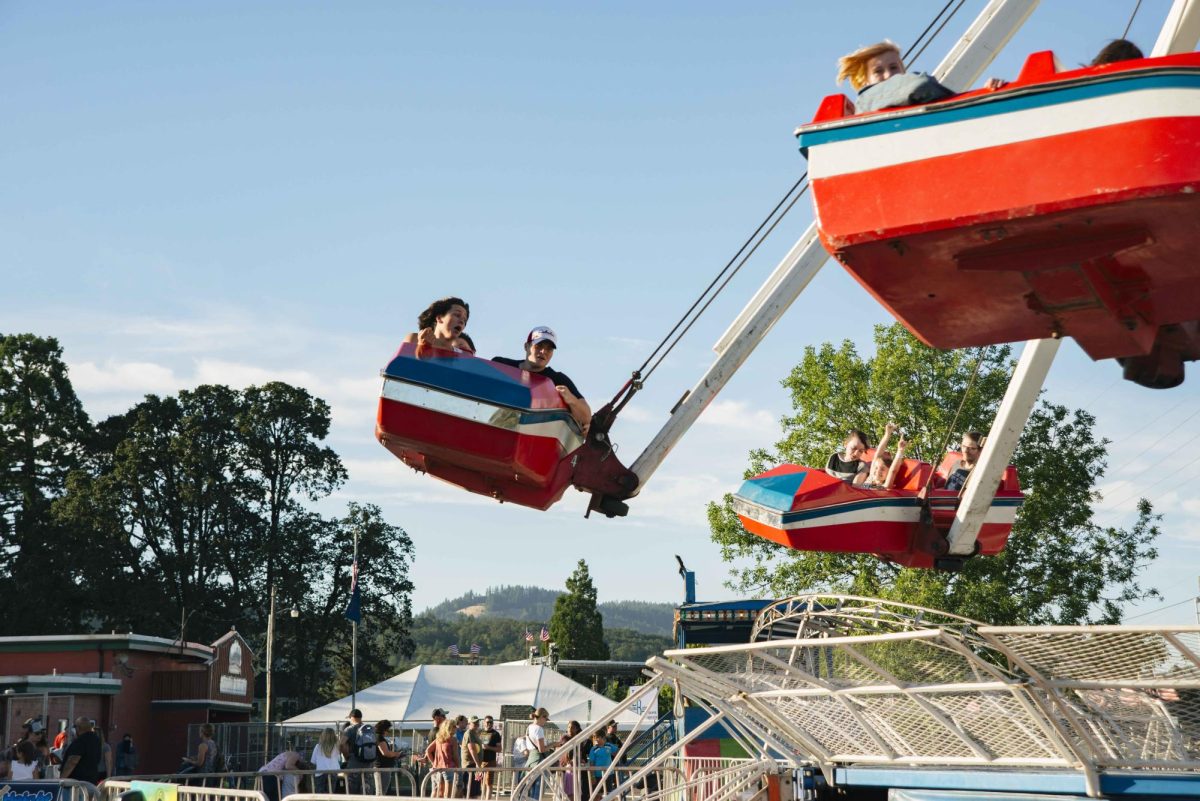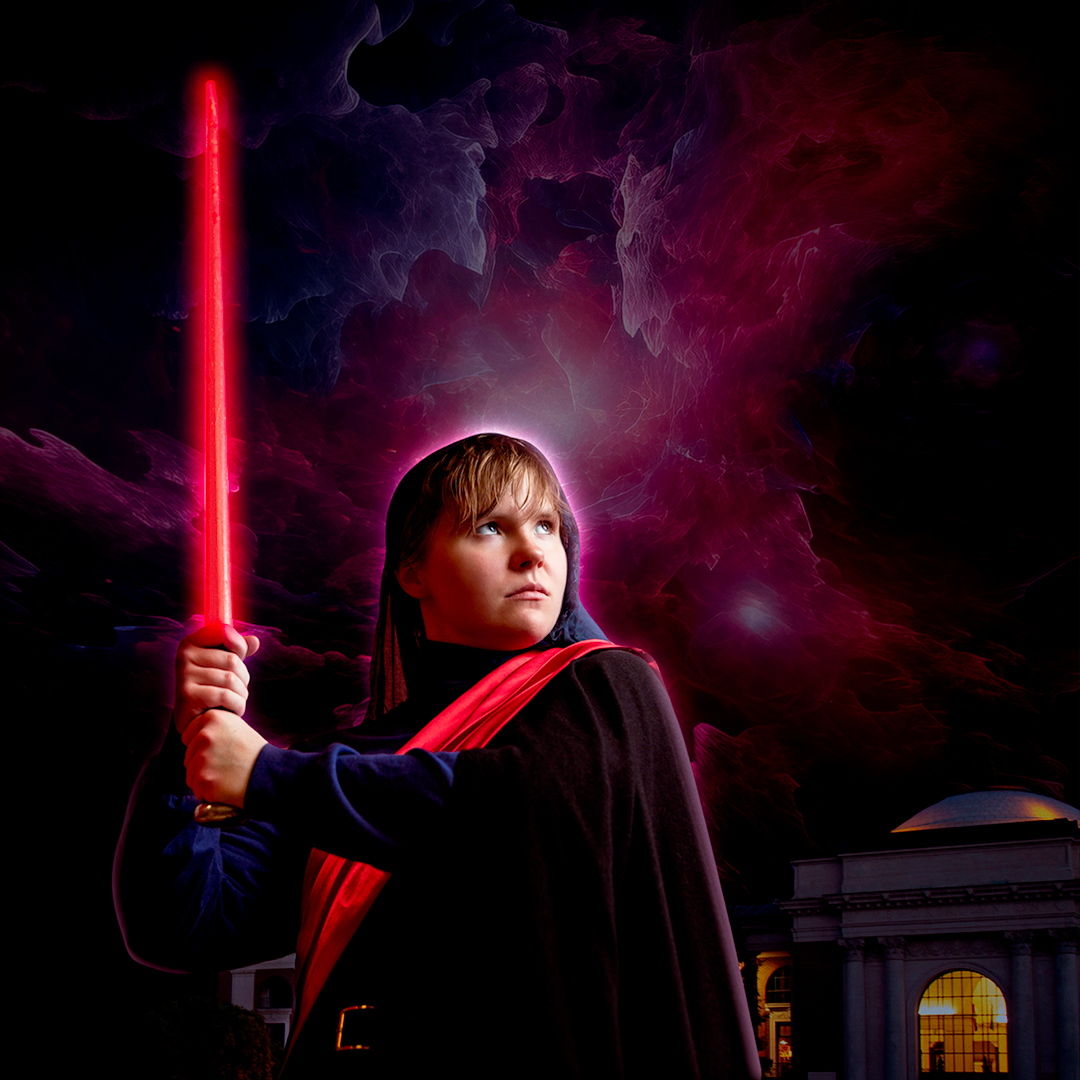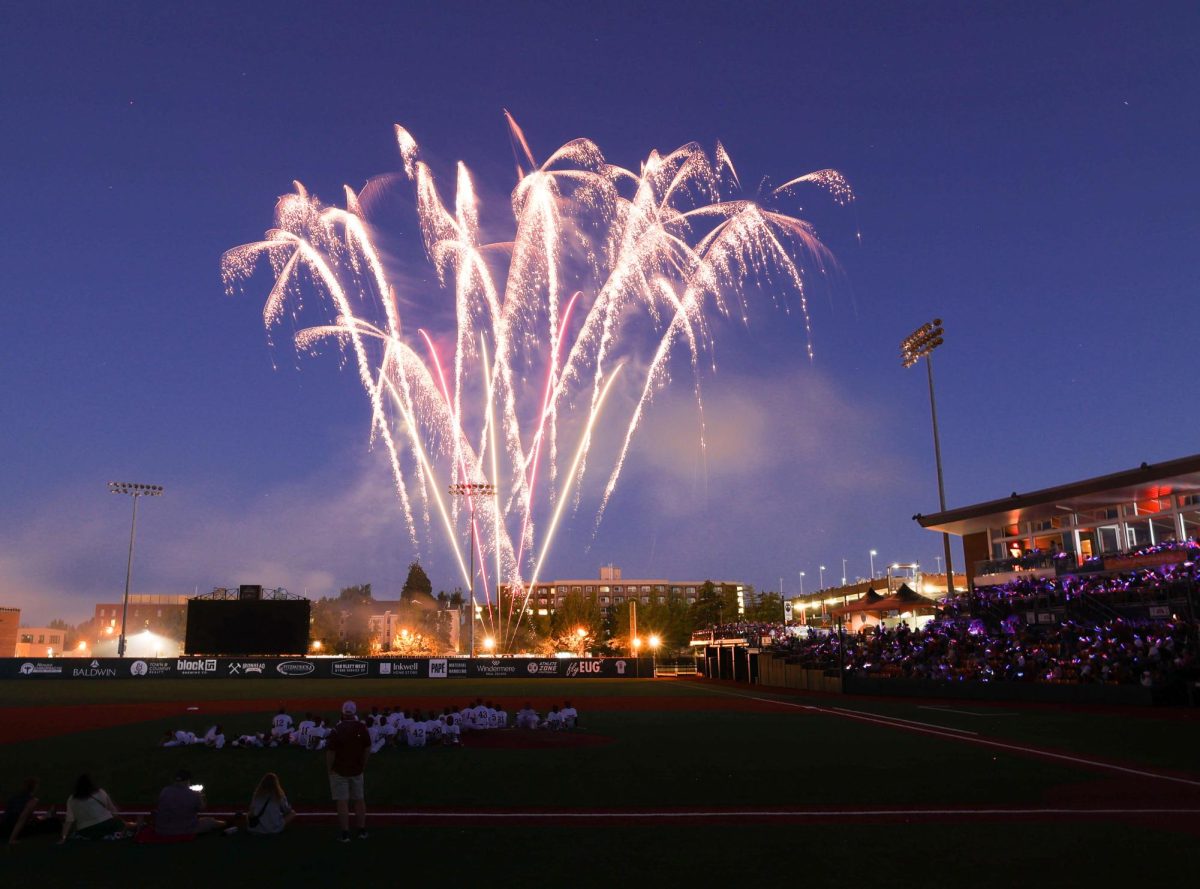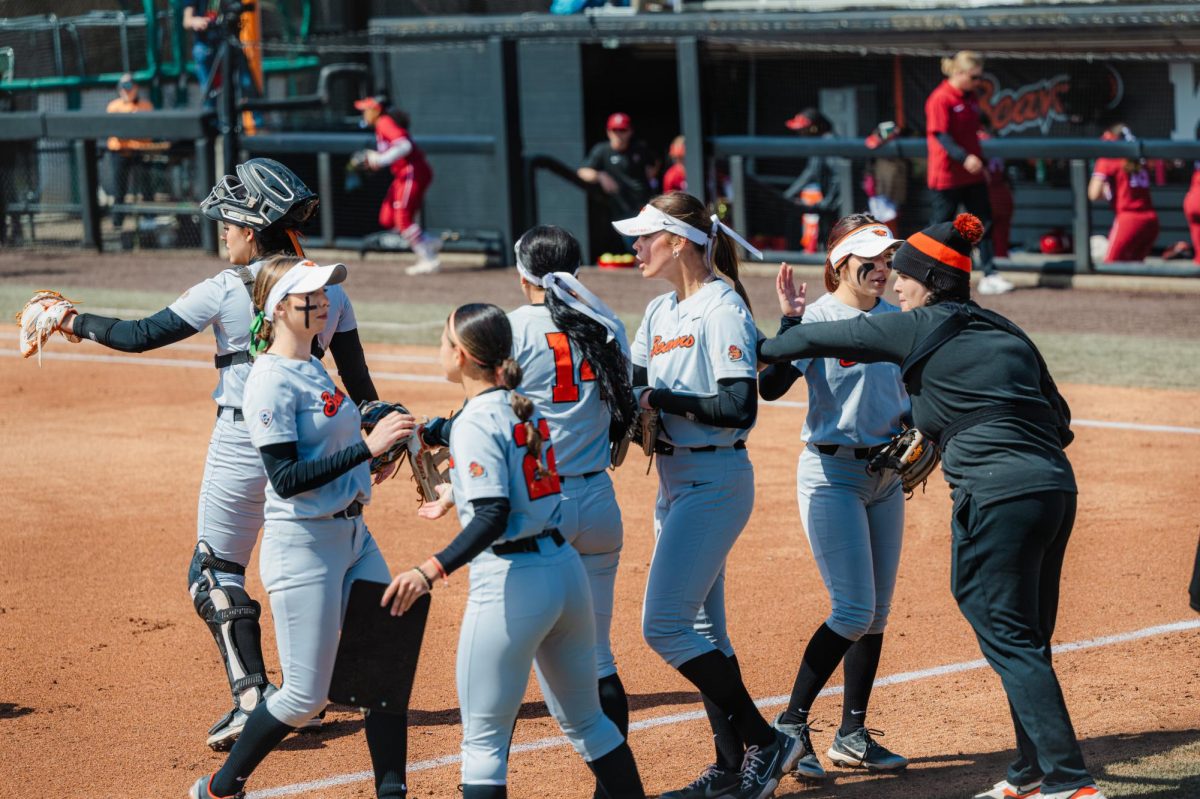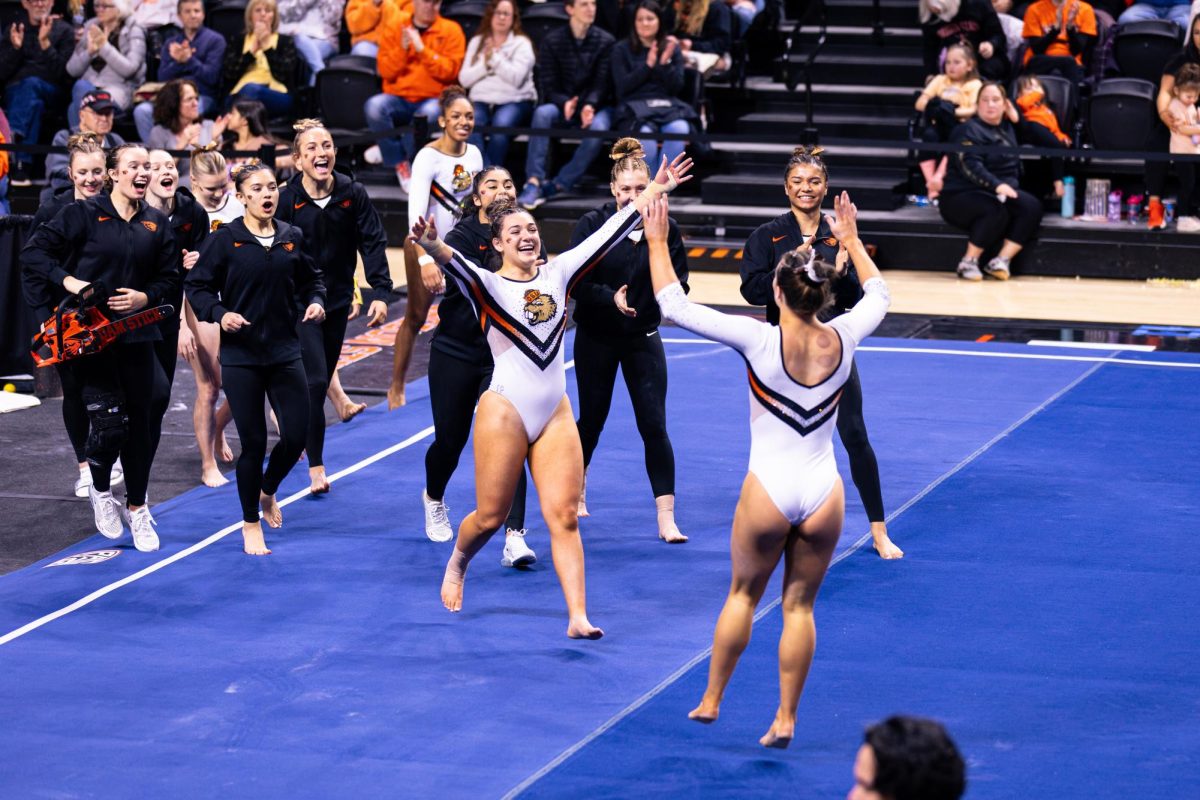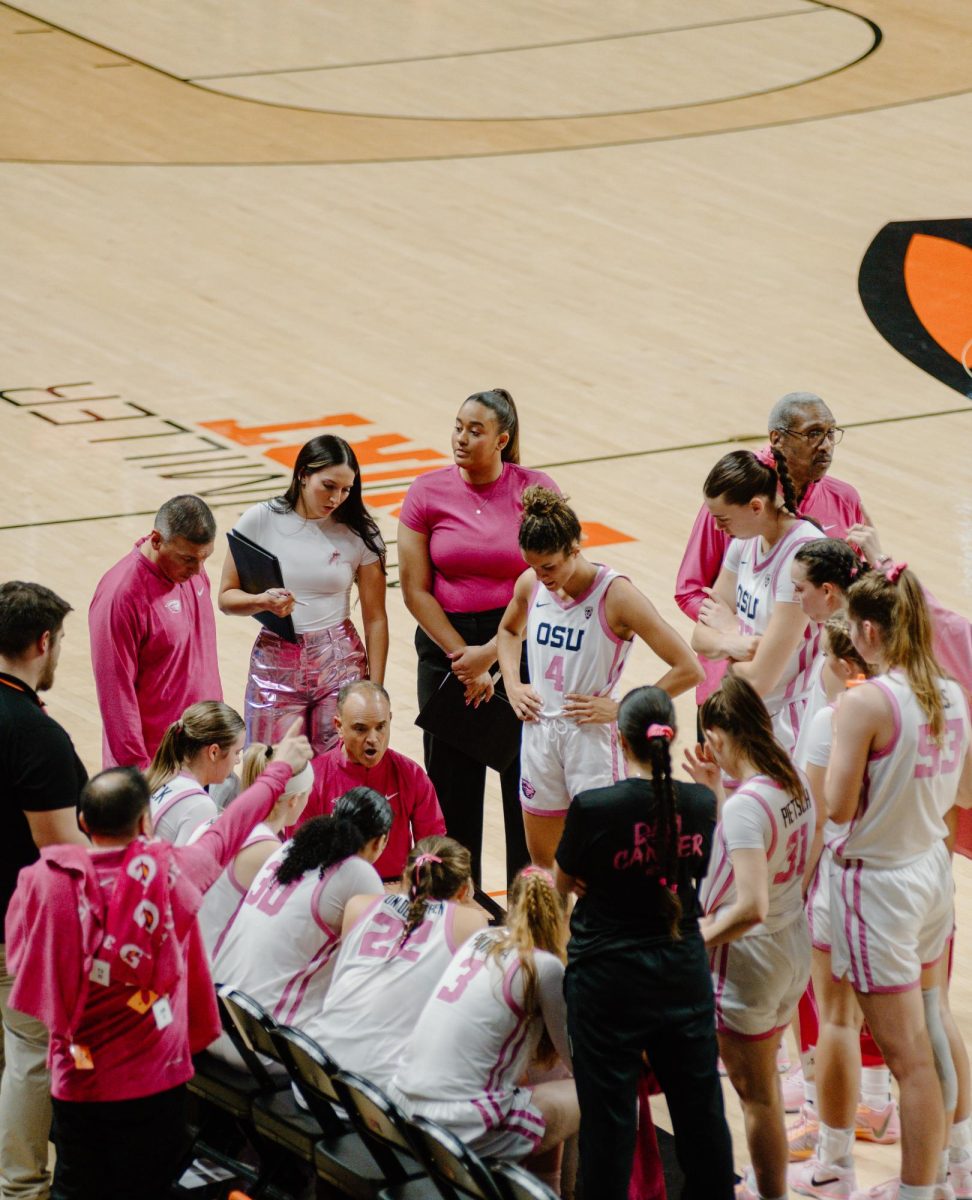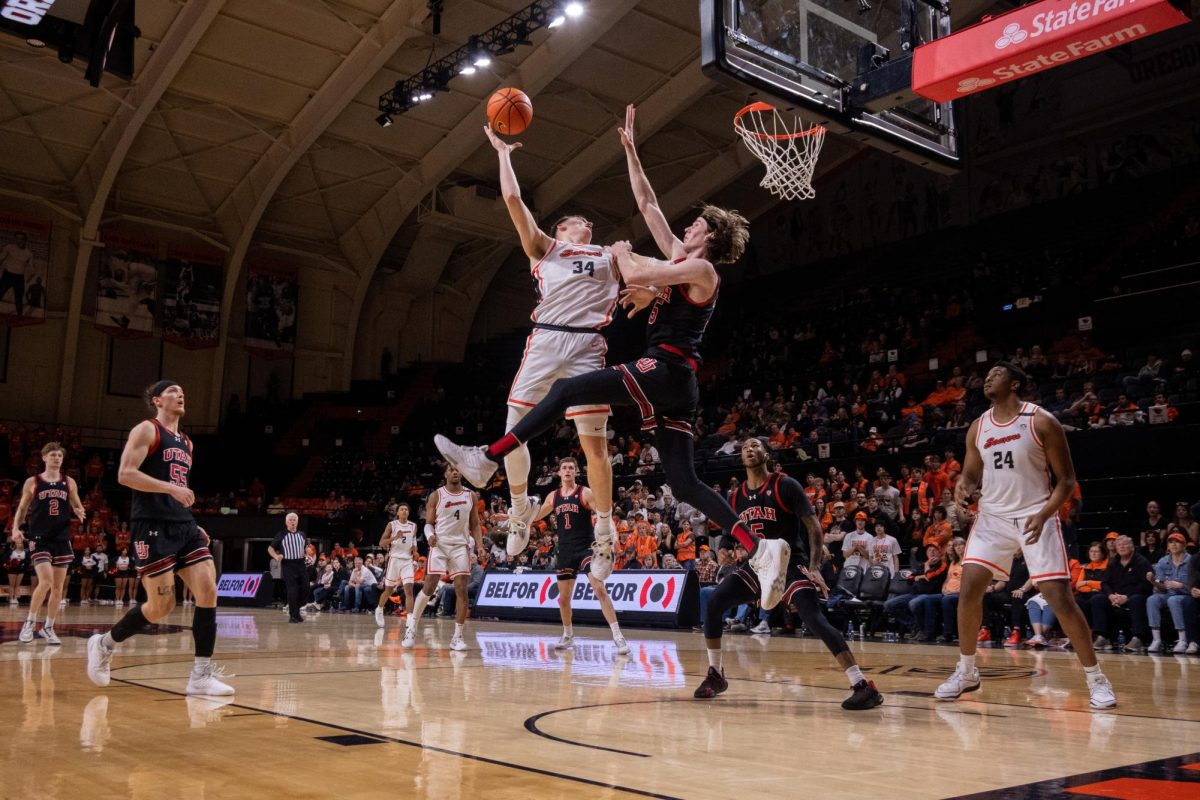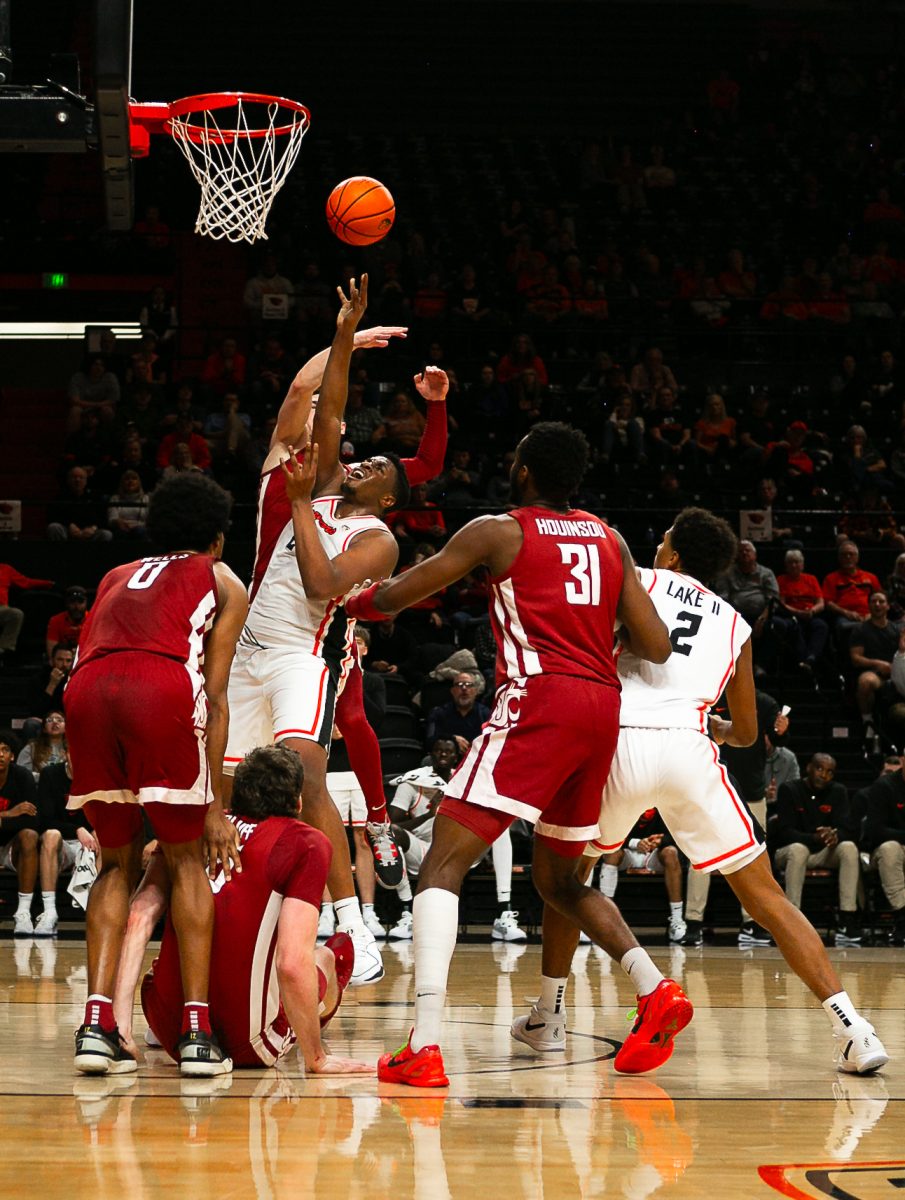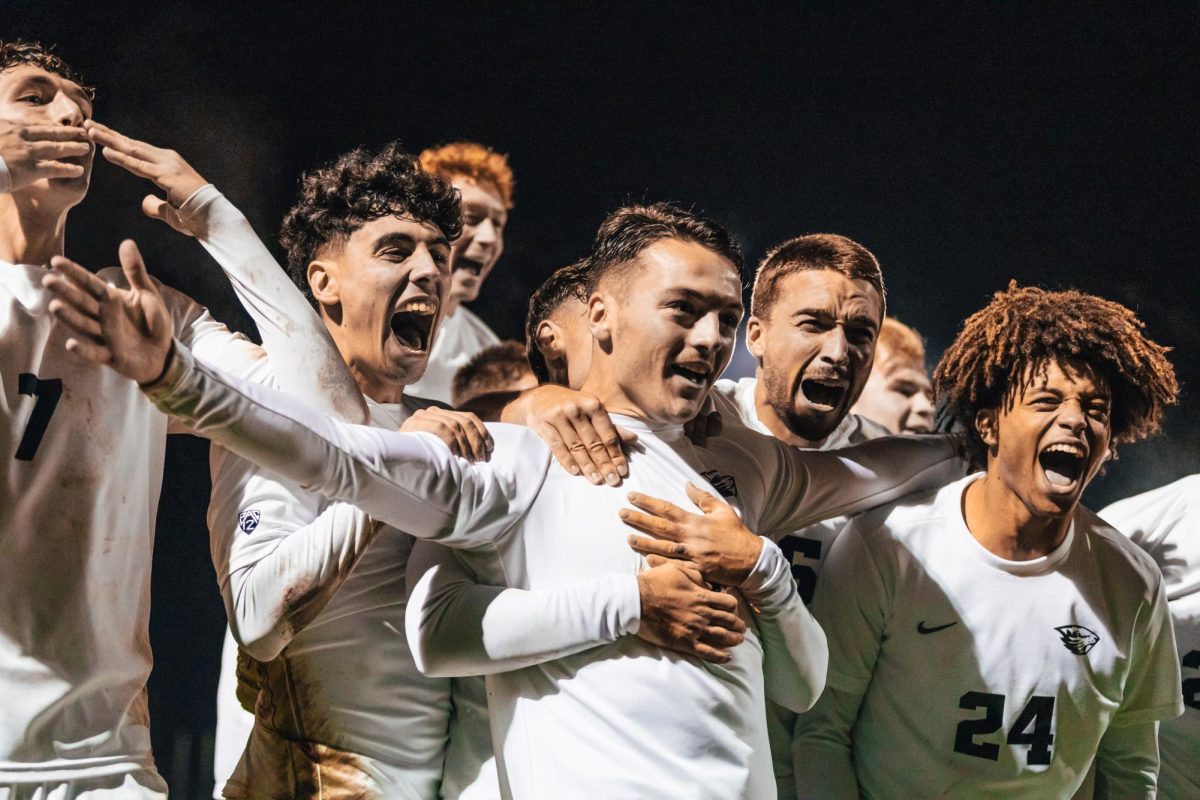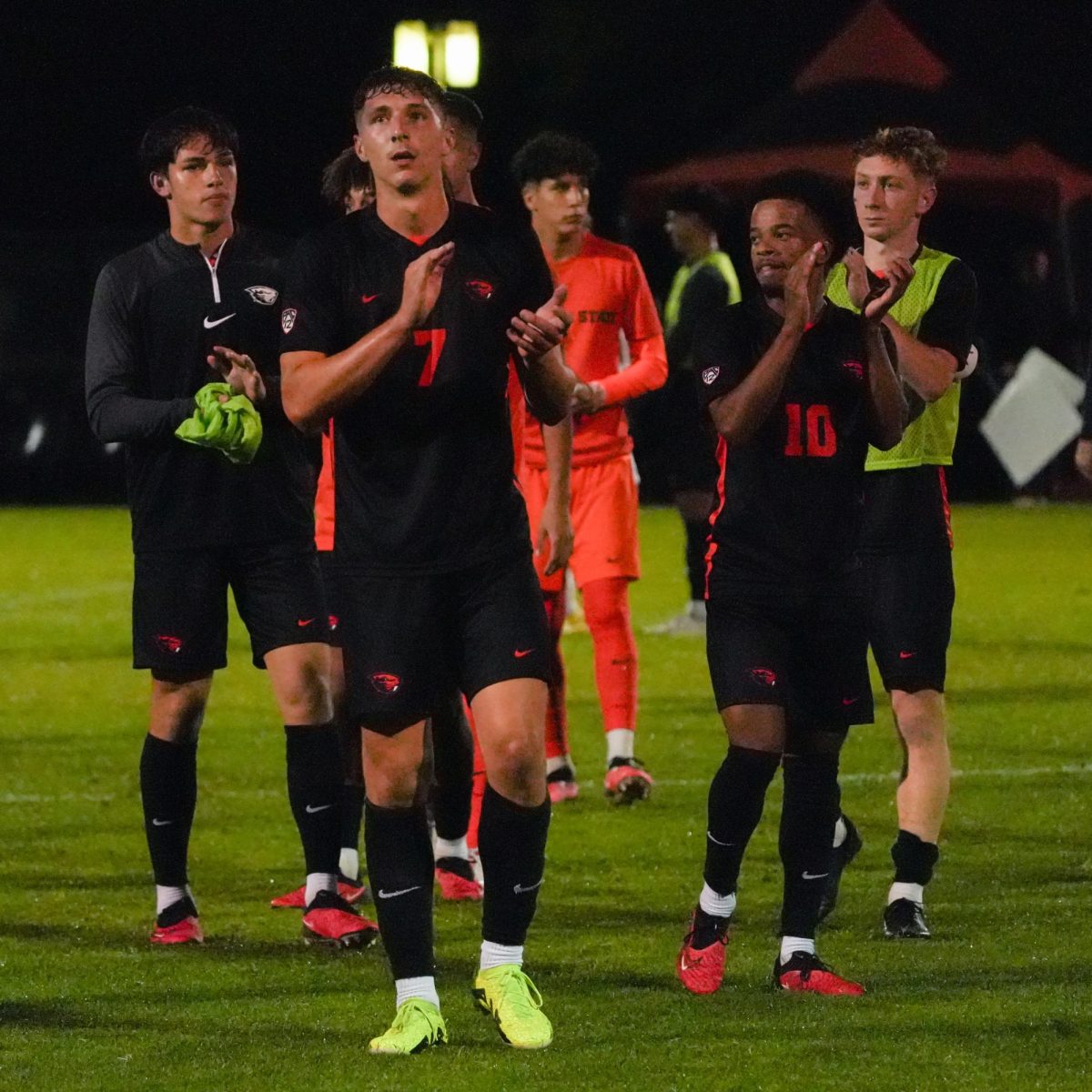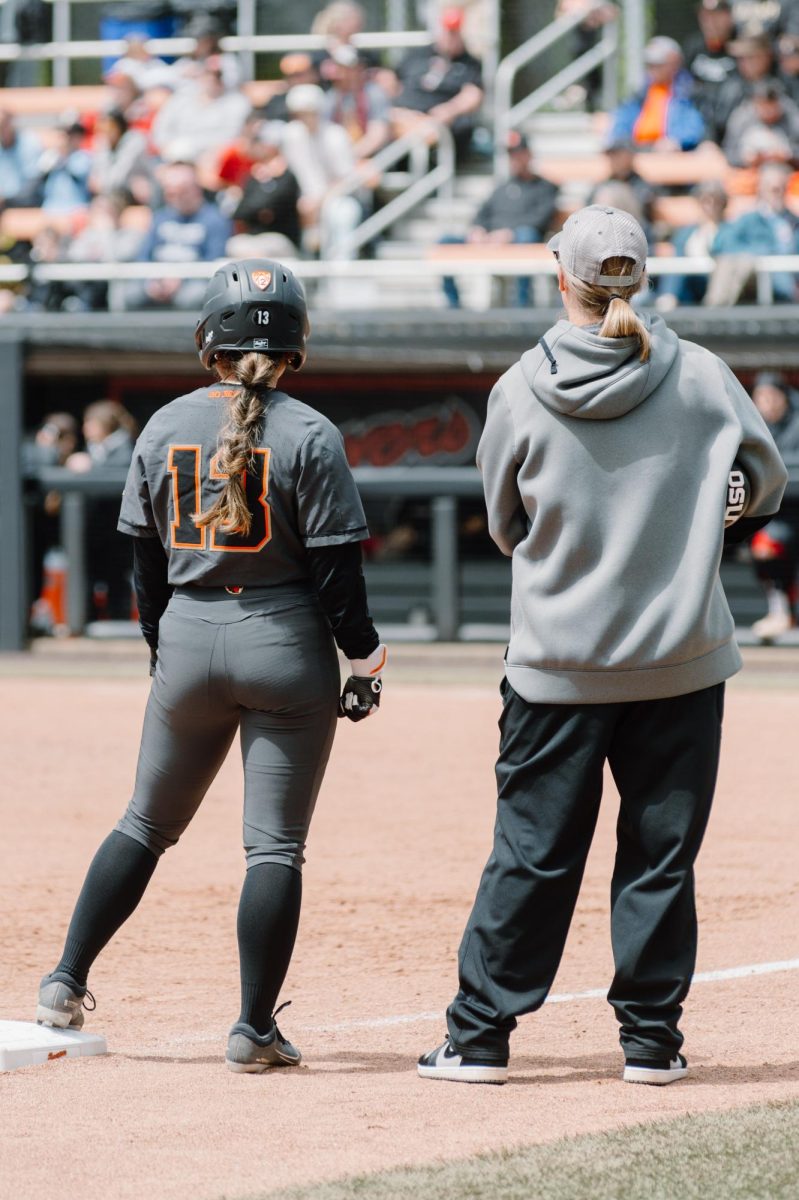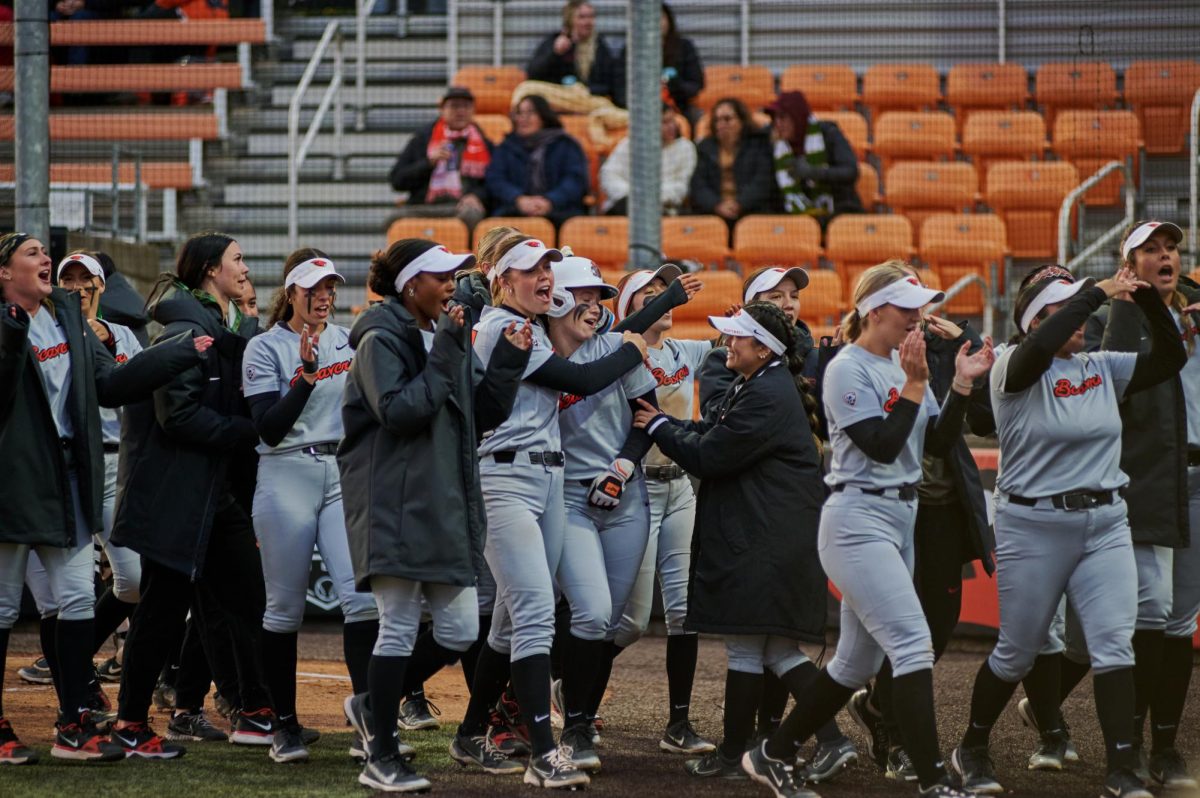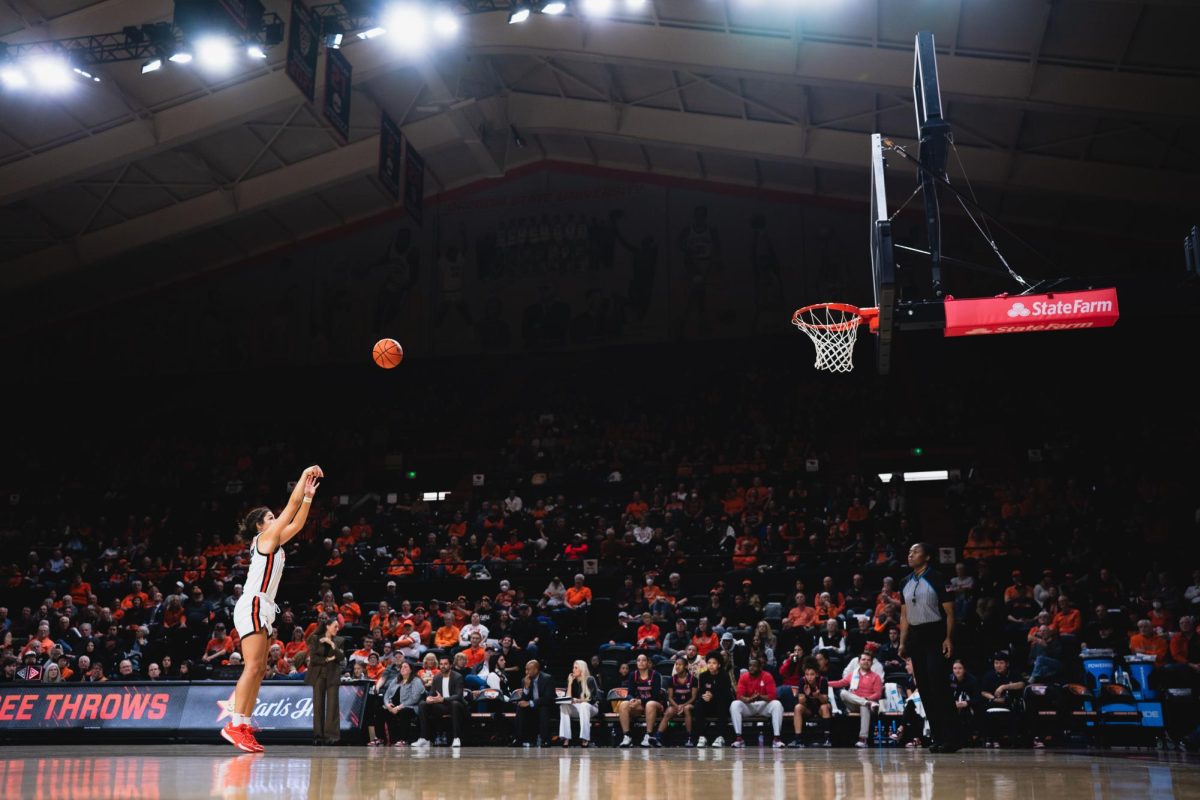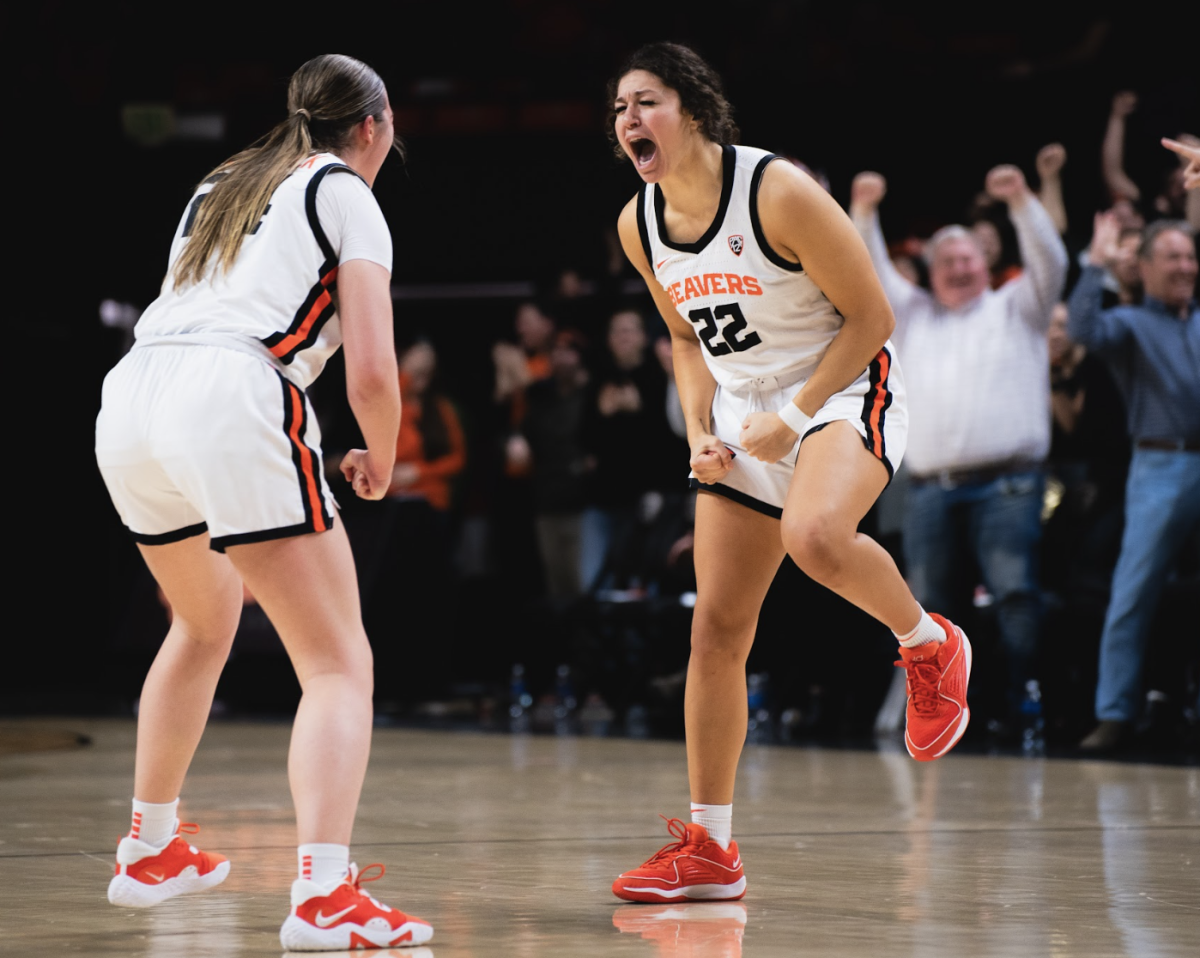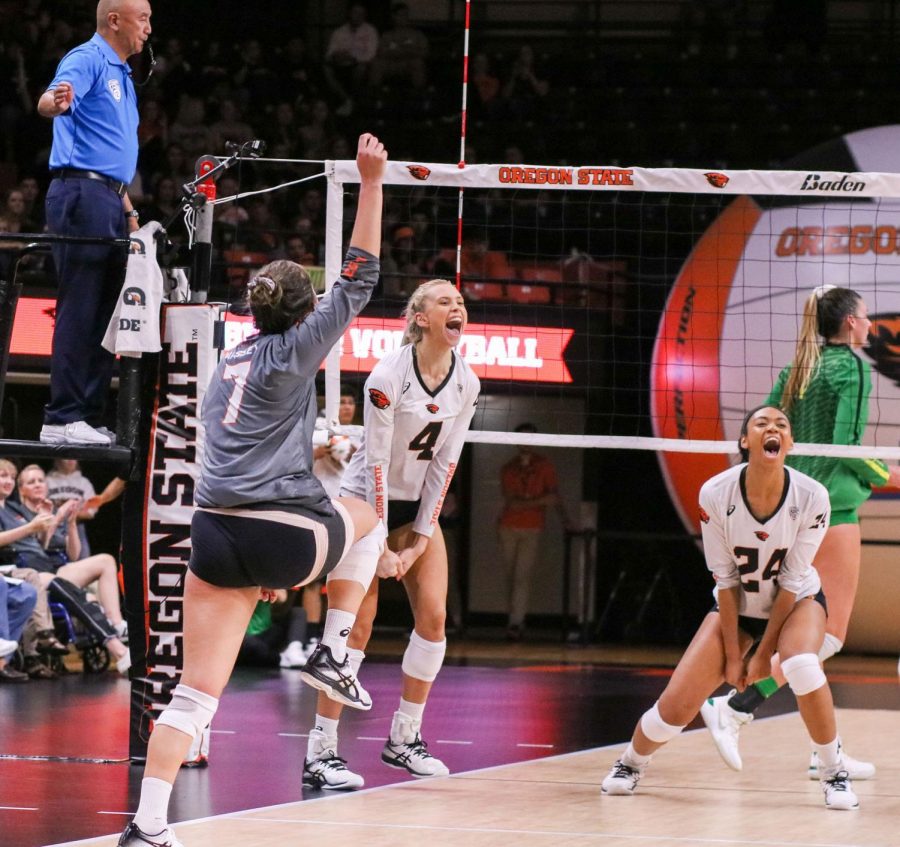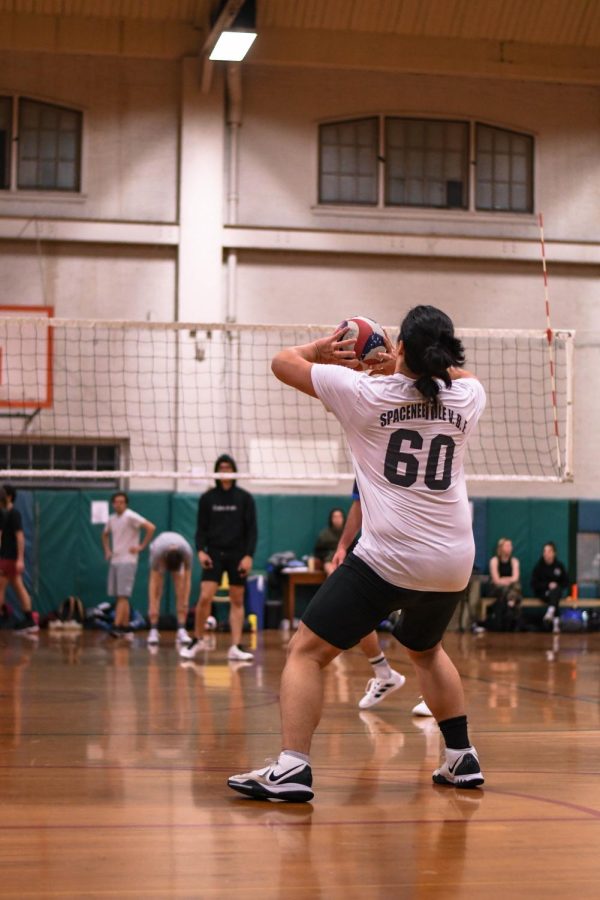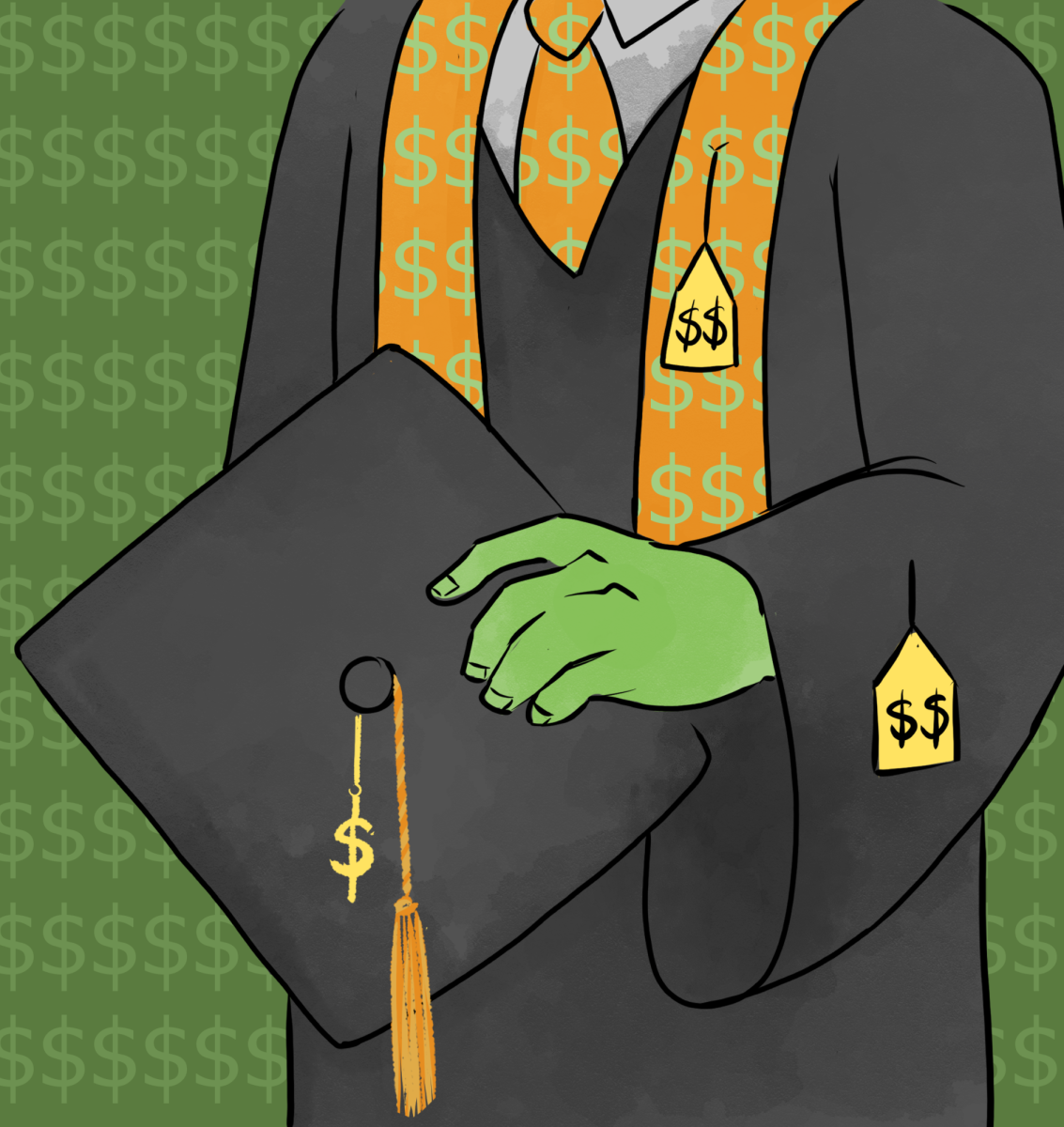OSU commemorates 150 years of education, growth
October 9, 2017
Sesquicentennial events span entire school year to celebrate university history.
As Oregon State University steps into the 2017 fall term tempo, it surpasses a historical milestone: 150 years of service and education provided to the people of Oregon.
OSU is underway with year-long celebrations that highlight and observe 150 years of the university’s history. Events planned and held by OSU150, the official thinktank behind OSU’s anniversary celebration, will be held from now to the end of Oct. 2018.
Oregon State University began as Corvallis College, meeting in a non-denominational church downtown. Later on, a two-story building on 5th Street was constructed between Madison and Monroe streets, and housed the first classes of Oregon Agricultural College. The first graduating class in 1870 contained only three persons, who had three degree options to choose from. Only four faculty actively taught, including President Finley.
“Our first class had three students, one of them was a woman. At that point in time, education was mostly for men. To know that we had a seat at the table from the very beginning I think is really exciting” said Shelly Signs, executive director of OSU150.
By OSU’s 100th anniversary, freshman fall enrollment boasted 14,118 students, and had been home to 17 presidents, a Pulitzer prize alumni winner, one Governor for the State of Oregon and one alumnus with two Nobel prizes to his name, according to the chronological timeline of OSU’s history.
Now, 150 years since the start, OSU’s programs span farther than Corvallis, reaching Portland, Newport, Bend and beyond. The university also houses 11 colleges that offer over 200 undergraduate and 100 graduate programs, according to the OSU webpage.
Various centers and programs are also offered on campus to supplement student education and life, such as cultural resource centers and the Educational Opportunities Program. According to Janet Nishihara, the EOP director, EOP was created in 1969 in response a student walkout of black students.
“The university admits a student, then to me, the university has a commitment to support that student as much as possible and help them achieve their goals as they come,” Nishihara said. “We have an obligation as a land-grant institution to provide accessible, useful information.”
After 150 years, OSU is, and continues to be, a nationally-accredited research university that pushes boundaries on what is known, according to the OSU webpage. During the current academic school year, OSU will be celebrating its 150 years of education and service it has provided.
From August 2017 to October 2018, OSU will be celebrating it’s 150th anniversary, the sesquicentennial, according to Signs. Activities, events and programs have been created to highlight OSU history, highlighting work in agriculture, forestry, and engineering, as well as showing the social and political progression that OSU has experienced over the years.
The OSU150 celebration began kick-off with the Space Grant festival that occurred during the solar eclipse, and featured many activities that were centered around OSU space innovation.
“We had close to 1,900 people staying in the residence halls. People from six countries and 24 states,” Signs said. “It was a neat opportunity to bring people to campus.”
Additional celebration events include three more festivals later in the year based on OSU’s sea, land and sun research grants, according to Signs. Upcoming in February is the Sea Grant festival. Other events are scheduled throughout the year that highlight aspects of OSU’s history.
“I’d like people to know there’s an anniversary happening, and hopefully find something of interest to them that they engage with,” Signs said.
During Homecoming weekend on October 13-14, an academic showcase will be held in the lobby of Gill Coliseum, according to Signs.
Further into the academic year, on January 27, 2018, a Winter Formal Ball will be held to celebrate the sesquicentennial. According to Signs, a focus group with student leaders was held last fall, and the first thing on their list was a formal dance.
“We really wanted to see the student component of the anniversary,” Signs said.
In addition to directing events, Signs has worked closely alongside Larry Landis, the University’s Special Archives and Research Collection director. Landis and his team have used the archive’s extensive collection to create and show 150 years of OSU stories.
According to Landis, in anticipation for the OSU150, SCARC has been digitizing many OSU-related publications such as the yearbook and catalog, photographs, films, videotapes and other materials.
“We have about 1,300 distinct collections, about 25,000 rare books,” Landis said. “We have a large body of materials that we make available to researchers, including students who use them for class projects and research papers.”
While much of the content within the Oregon Multicultural Archives and Oregon State University Queer Archives is accessible by visiting the archive in-person, a variety of materials have been digitized and made available electronically, according to Natalia Fernández, special curator of OMA & OSQA.
“As a department, we prioritized the types of materials to digitize and make accessible online, such as yearbooks, the Oregon Stater, athletic films and student publications, things we know will be popular,” Fernández said. “We want to make sure we provide the OSU community access to those materials, even if they cannot visit the archives in person.”
When not contributing to OSU150, Fernández and Landis work within SCARC to provide archival research skills instruction sessions for students and create exhibits that showcase different aspects of the collection.
“We love repurposing, reusing, resharing,” Fernández said. “When we uncover a new piece of information, we want to make sure other people know about it. We value preservation and access.”
In regards to the sesquicentennial celebration, SCARC faculty and staff have created an extensive oral history collection accessible online, according to Landis. Parts of this oral history collection will be on display in Portland from February 9 to September 9, 2018, hosted by the Oregon Historical Society.
“Even though OSU is celebrating it’s 150 anniversary, this exhibit will be looking at the past, talking about the present and looking toward the future,” Landis said. “It’s past present and future. But you can see threads running through all of those.”
According to Nishihara, during the last 50 years, the EOP has worked with OSU to develop and implement the baccalaureate core curriculum, establish the Ethnic Studies Program and create seven different cultural centers
“The more we know about our history, the more we know about who we are today, and who we could be in the future,” Nishihara said. “The history reminds us about the extreme courage and persistence that people have shown, and the willingness to live out their convictions with the help of other people who supported them along the way. I don’t want to lose that. I don’t want us to forget all that.”
Signs says, beyond the ability to interact with OSU history at the OHS exhibit, students can also become actively engaged on campus through a cell-phone app tho celebrate the anniversary and it contains information about buildings on campus.
The app includes current and historical photos of buildings on campus as well as a short biography, according to Signs. Through these interactions, OSU students can learn how 150 years of stories resulted in the institution they know today.
“There’s lots of great stories from there (the start) to where we are today with more than 30,000 students and all the work that’s done,” Signs said.

